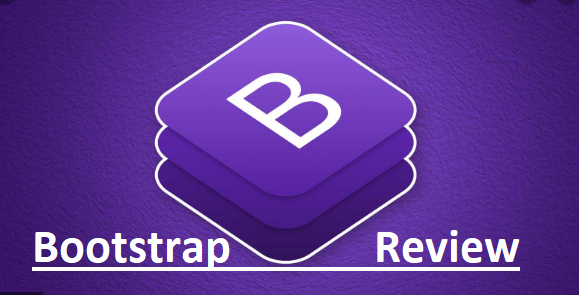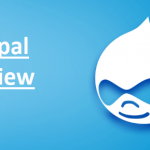Bootstrap is an open-source CSS first developed by Twitter, Bootstrap is arguably among the best framework hosts used for developing carious contents and creating complex websites using object-oriented programs. Bootstrap has continued to undergo changes time after time which has both improved its output and popularity in the CMS market space. Bootstrap continues to grow in popularity with its latest release Bootstrap 4.

Bootstrap was originally known as Twitter Blueprint and was first developed as a framework to provoke the constant creation of internal tools to reduce the high maintenance due to the usage of various libraries. Bootstrap was developed and written by Mark Otto and Jacob Thornton. Bootstrap was first released on August 19, 2011. with its latest version ‘Beta version’ of Bootstrap 4 released on August 10, 2017, and the final version released January 18, 2018.
Features of Bootstrap
Bootstrap’s primary feature is its addition of color, font, size or layout to a website you are working on, Bootstrap comes with JQUEL plugins from components of JavaScript, Bootstrap also comes with numerous functions and features which users use while developing contents and working on web projects. some of the many Bootstrap features include:
- Easy to use: Bootstrap is a CSS open source then can be used by anyone who has basic knowledge of HTTP and CSS
- Available for mobile use: the first mobile approach for Bootstrap was introduced in Bootstrap 3 and they have become a part of Bootstraps core.
Bootstrap is a front-end framework open source with its layout as its primary component and feature, bootstraps most basic layout feature is the “Container” given its name because it houses every other element on the page, with two types of “Containers” to choose from.
How to use Bootstrap
These basic steps teach you the two basic use of bootstrap with respect to content and web creation. By understanding these two ways of using Bootstrap on your own web project you get a better overall view of Bootstrap and its role in web creation. the two uses:
- Download Bootstrap: you can download bootstrap and host it yourself, by going to getbootstrap.com. NOTE: This step is for professional users who can host a CSS by themselves
- Bootstrap CDN: the alternative to downloading a bootstrap yourself is including it from a CDN (Content Delivery Network)
There are a lot of advantages of using Bootstrap CDN like faster loading time for already downloaded bootstrap from MaxCDN
READ: WordPress Review – Features of WordPress | How to use WordPress





